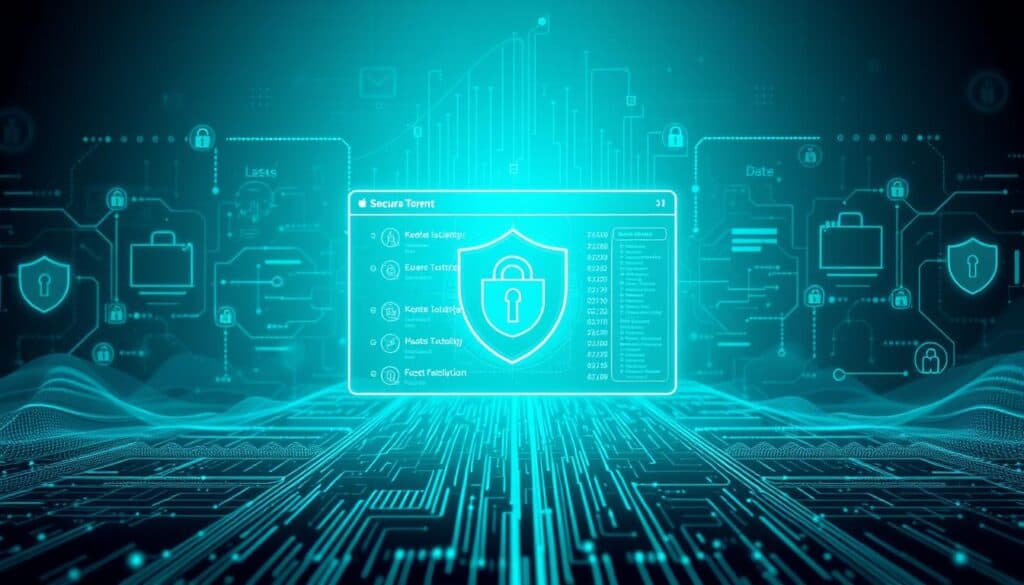 It can be a difficult task when planning a wedding. Fortunately, there are many tools that can make this process simpler and less stressful.
It can be a difficult task when planning a wedding. Fortunately, there are many tools that can make this process simpler and less stressful.Accurate address information is essential for credit reports. While incorrect address information won't affect your credit score, inaccurate identifying data can be a warning sign of identity theft.
LocationIQ
LocationIQ is an online geocoding, mapping and routing API that allows businesses to track the real-time locations of their vehicles and orders. Its robust, scalable and reliable features make this the ideal solution for businesses who require accurate data as well as a flexible and adaptable functionality. It can be used to build online store locators, to add address autocomplete in web forms or 링크모음사이트 to provide information about shipping to customers. It also provides complete reverse and forward geocoding which converts coordinates into street addresses.
LocationIQ's autocomplete API is among of its most useful functions. It lets users fill in a search query or text box and receive suggested results based upon their previous input. This can cut down time and enhance the user experience by eliminating the need to manually enter an address. Autocomplete APIs allow you to provide more relevant results by suggesting various streets or locations based on the context of the search term.
LocationIQ also includes an interface for map tiles and marker clustering. These features can be used on real estate sites to make them more informative and engaging for prospective buyers. Additionally they can provide valuable insights on the distances between various properties and transport connections and help buyers choose the best property for them.
Additionally the mapping API is a crucial element of a real estate website. A top-quality mapping platform will offer a variety of information on each property, including photos as well as descriptions, ratings, and reviews. It will also display the location of the property on a map and show its proximity to other nearby locations and places of interest. It can also provide details regarding local schools and hospitals and public transport routes.
LocationIQ's mapping is accessible in a variety of languages and can be used to display property details in any of them. Use the parameter "accept-language" followed by the ISO code of the language. For example, if you want to show the results in french, you would use the parameter "accept-language=fr".
While Google Maps and LocationIQ both offer map APIs, they have unique functionality and pricing models. LocationIQ's pricing structure is more affordable, and its APIs come with a free tier. However, the service lacks certain essential features included in Google Maps, such as the ability to customize it and its Street View feature.
Geocoders
Geocoding is the process of converting address information into geographic coordinates (latitude and longitude). This information is used to map addresses and to perform a variety tasks, including monitoring population growth or identifying patterns in the behavior of customers. The data can be used by companies to formulate marketing strategies, or local governments to plan future infrastructure needs. Adding coordinates of latitude and longitude to contact records also helps meet regulatory requirements like those imposed by credit bureaus.
The process of geocoding works by searching a collection of geographical datasets to find features that match the elements of an address. A locator is typically searching for the largest area in the address (such the state or region), followed by the postal delivery zone or municipality, then a street, block or side of the road, and then a house number. If the house number doesn't appear in the database, the number could be interpolated by comparing houses with numbers that are similar to the ones in the database.
There are several different kinds of geocoders, each having its own unique characteristics and advantages. For example, a free geocoding service from Google offers high accuracy but is limited to 2500 addresses per day. Other commercial services can provide more than 500,000 addresses per month and can be programmed to work with a particular country or region. These services can be paired with other data sources such as public address layers or census lookup code.
In addition to longitude and latitude coordinates GeocoderResult objects contains a range of types that indicate the kind of feature returned. These types can be viewed as tags, such as route, formatted_addresses or intersections, or even political. These types are defined in the syntax of the geocoder's hierarchy and are based on the geographical area covered by the geocoder.
The Pending Cases screen provides an overview of the geocode match results, indicating the proportion of addresses that found to be a match to a particular location (matched), the ones that did not match to a specific location (unmatched), or those with multiple locations that could be possible (tied). You can adjust the position of unmatched features and tied features by using the flags on this page. You can modify the location manually if such a situation occurs, for example, an unmatched address has been incorrectly geocoded because of an error.
The issue of normalization
Address normalization is a crucial process in the management of data. It transforms raw address data into a unified format that is compatible with international standards, allowing it to be used by geocoders as well as other software. It also improves the accuracy of addresses, which reduces errors and costs associated with shipping and billing. Incorrect or incomplete addresses can lead to lost or misdelivered packages, which can cost businesses as well as customers.
Address standardization is usually automated using machine learning algorithms that study and analyze the addresses to determine consistency. This method is more efficient and economical than manual methods, which can be expensive for large datasets. Choosing the best way to normalize your address data is dependent on your business's needs and requirements, including the number of addresses and the technology stack. You can utilize a pre-trained model which is available on ArcGIS Living Atlas of the World, or customize your own. The former is ideal for small to medium-sized datasets and the latter is better suited for larger data volumes and enterprise environments.
There are a myriad of ways to automatize this process, including open source tools and APIs. These solutions can be integrated into corporate systems, such as CRMs and RDBMs. They can verify the address, standardize it and look it up. These solutions can also add suites to business addresses in order to support USPS delivery sequencing, SuiteLink and other features. Some of these solutions are able to validate and standardize data in many formats such as XML and JSON, SQL databases and Hadoop repositories.
Despite the best efforts of businesses to reduce errors in data, inaccurate address information is a billion dollar problem for businesses and postal carriers. These errors can lead to delays in the process of shipping, billing and marketing and result in lost or returned goods. Address standardization is a crucial step to ensure that addresses are consistent, accurate and reliable. This is important for delivery operations that require last-mile delivery.
Many business applications require clean, precise addresses, including mailing, geocoding, and managing customer data. However, many address lists are contaminated with mistakes, like mistakes in spelling and formatting. These errors can be discovered in the data input or in spreadsheet formulas. They can make it difficult to finish these tasks. It is essential to standardize address information prior to deduplication and geocoding.
Address validation
Address validation is the process of using software to standardize and correct addresses prior to mailing. This can help reduce delivery failures, and improve customer satisfaction by identifying address mistakes. It also allows them to adhere to regulations and standards regarding data collection. Address validation can assist businesses in improving their targeted marketing efforts by supplying accurate information to the correct customers.
There are many reasons an address may not be valid. Human error could be the cause. These errors can be costly. In other cases addresses could be fake or not exists. This could be because of a move, demolition or even someone else created it.
To avoid these issues, it's essential to have a quality strategy in place. This could include deduping scrubbing and using an address verification service. This process can be lengthy but it can save you money in the end. Address validation can help to reduce costs and enhance delivery.
Autocomplete APIs can be used to increase the accuracy and precision of address information. This can be used in forms on the web or mobile app to suggest valid addresses while the user types. This method speeds up data entry and eliminates typos and spelling mistakes. It also increases the proportion of completed forms. It also assists in ensuring the compliance of regulatory standards like GDPR or CCPA as it eliminates any errors in address data.
Some address validation services are not only able to correct and standardize addresses, but they can help with other tasks, such as geocoding and data quality. These services are essential for companies that handle and store personal information, like financial companies and retailers. However, it's important to select the right one for your requirements, as different companies offer varying levels of accuracy in validation.
 A service that validates addresses is a tool that allows you to verify the accuracy of an entry by comparing it against an official database. It checks for transliteration mistakes and also for errors in various writing systems like Latin, Greek Cyrillic Chinese Pinyin and Japanese. It also finds duplicates in the data and identify them to be investigated further. It can also provide additional details, such as latitude/longitude, RDI labels and time zones.
A service that validates addresses is a tool that allows you to verify the accuracy of an entry by comparing it against an official database. It checks for transliteration mistakes and also for errors in various writing systems like Latin, Greek Cyrillic Chinese Pinyin and Japanese. It also finds duplicates in the data and identify them to be investigated further. It can also provide additional details, such as latitude/longitude, RDI labels and time zones.








